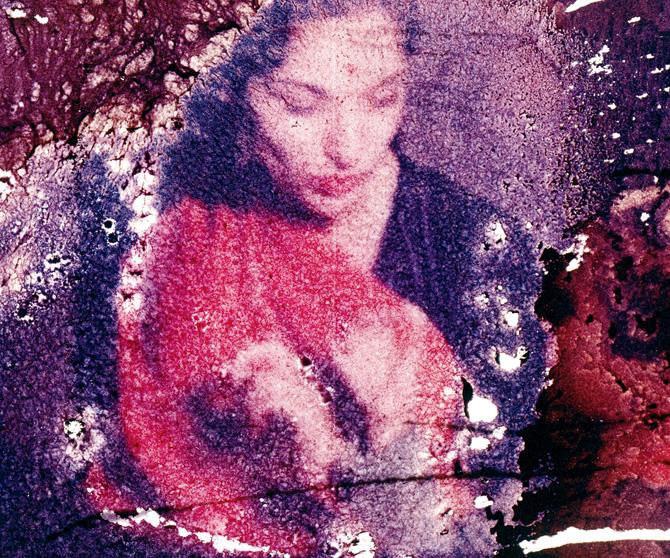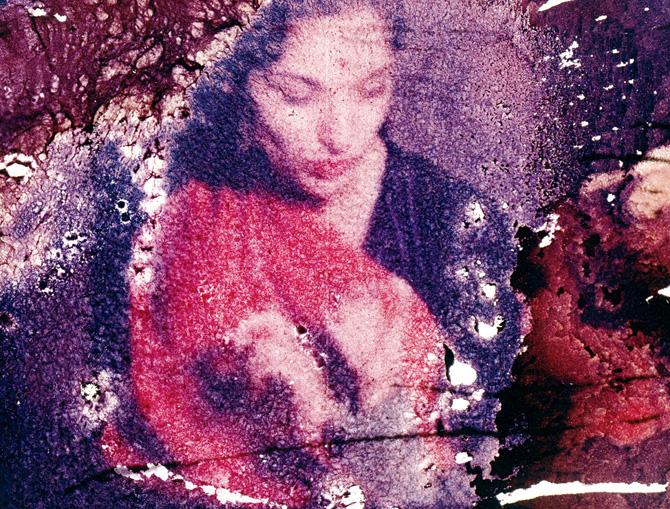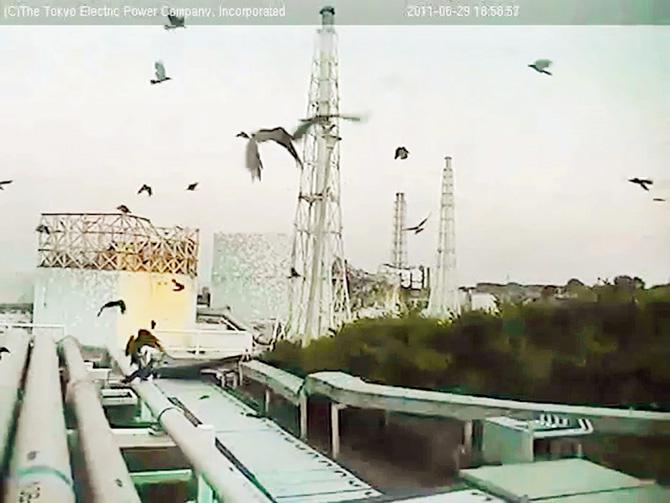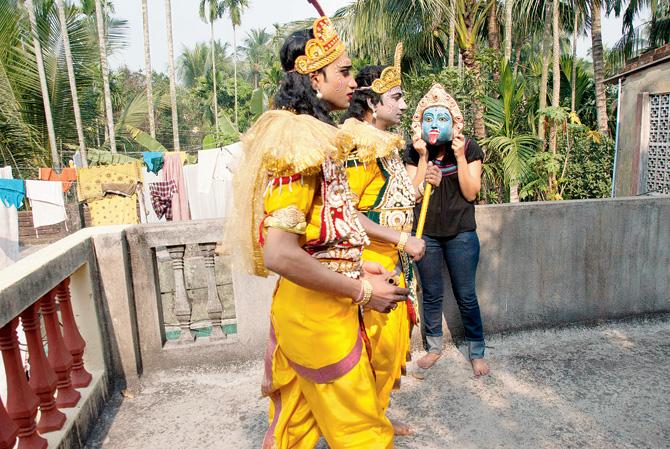As an ongoing film fest proves, through its New Medium section, the lines between artist and filmmaker have blurred like never before

After the nuclear disaster in Fukushima in 2011, Philippe Rouy downloaded hours of surveillance footage from a live-cam available on the Tokyo Power Corporation's website. He also accessed feeds from drones and robots that were sent into the disaster site, a place hazardous to humans. This "toxic footage" was assembled as the Fukushima Trilogy by Rouy and indicated that seeing is not enough for believing when it comes to disaster sites like these.
ADVERTISEMENT

Events in a Cloud Chamber by Ashim Ahluwalia
Rouy's trilogy is now showing at the on-going MAMI Film Festival in Mumbai, in a section called The New Medium curated by Shaina Anand.
Paris-based Rouy focuses mainly on video-art but his filmography includes documentary and essay films. The Fukushima Trilogy, composed of this accessed footage, challenges our conventional notions of what filmmaking and the role of the director are. Furthermore, works like these, and others, blur the line between artwork and experimental film.
This fuzzy line between the artist and the filmmaker is one that has come of age in India in recent times. Take the case of the latest edition of the Kochi-Muziris Biennale, hosted in December 2016, which saw a generous spread of video-art and films, under the curatorship of Sudarshan Shetty. The growing interest in the moving image, along with a determined effort to continuously challenge the form, has resulted in a multiplicity of nomenclatures and formats of the making and showing of the film itself.

Fukushima Trilogy by Phillipe Rouy
Blurring borders
In 2016, filmmaker Ashim Ahluwalia retraced Events in a Cloud Chamber, an experimental film made in 1969 by noted Modernist painter, Akbar Padamsee. Padamsee's six-minute-long film, in which he tried to 'reproduce' one of his oil paintings using projected light, existed as a sole print, which was later lost. Ahluwalia's 21-minute film was screened at the Venice Film Festival and also shown at gallery Jhaveri Contemporary.
Ahluwalia, more recently, made the Bollywood blockbuster Daddy on gangster-turned-politician, Arun Gawli. It was screened across single-screens and multiplexes in Maharashtra. Ahluwalia says, "I love working on films that occupy totally different worlds. Each comes with its own production and presentation conditions, and, different audience expectations. This kind of border-crossing excites me as a filmmaker, but it also makes me hard to classify."
However, he is certain that he is no "moving image artist". "I am a filmmaker, no matter where I work," he asserts. Today's gallery-based moving image installations and screenings, he says, were inherited from underground and experimental cinema. It always belonged to filmmakers, and when the old venues for radical cinema died, galleries stepped in and attempted to revive adventurous, forward-thinking cinema.

The Kali of Emergency by Ashish Avikunthak
In June this year, gallery Chatterjee and Lal showed Ashish Avikunthak's The Kali of Emergency through a series of private screenings. The experimental feature film showed gods and goddesses traversing through locales in Kolkata in an attempt to understand the volatility of the contemporary world. Avikunthak, who has been making features and short films for the last 22 years, identifies himself as an artist. The use of a range of nomenclature, such as artist or filmmaker, says gallerist Mortimer Chatterjee, is one that people have become increasingly comfortable with using, irrespective of whether they are showing in a gallery space or at film festivals.
What's more important to note, he says, is the lineage and influences on artists and filmmakers. "Experimental cinema in India follows a specific lineage that includes the looming figure of Mani Kaul and Kumar Shahani. Here, one might include Avikunthak, Kabir Mohanty, Shumona Goel, Shambhavi Kaul and, even Nikhil Chopra. Then, there is a whole swathe of video-artists and filmmakers working in the country who are solely influenced by Western video art, such as the works of Bill Viola. Both lines are as credible as each other," he says.

Shaina Anand
The artist film
"We tend to think that an artist cannot be a designer or a filmmaker and vice-versa. But, our perception of the term 'artist' is changing now thanks to the use of software and digital media," says Natasha Jeyasingh, who runs an arts initiative, Carpe Arte, an outreach partner with MAMI this year. The distinction between filmmakers and artists who make films, she adds, is one of intent. The works of video-artists are usually collectable as limited editions.
The New Medium section, this time, is themed around found and archival footage, and has Anand's curation of experimental films and 'artist films'. Anand is co-founder of artist collective, CAMP, based out of Chuim, that routinely uses film for radical art practices. One of their films, From Gulf to Gulf to Gulf, was a result of four years of dialogue between CAMP and a group of sailors from Kutch. The film takes us through actual crossings on sea, and is shot by the sailors across many video formats. It's now screening at MAMI, and was previously shown at the Museum of Modern Art, New York, Shanghai Biennale, and documenta 14. Anand calls it an 'artist film', like the Fukushima Trilogy; it's neither experimental arthouse nor mainstream. "Artist films think more about the process by using video in extremely explosive yet supple ways," she says.

Chatterjee says that a number of applications from art students these days shows a rise in interest in the moving image.
Accessibility to filmmaking, unfortunately, has got coupled with lack of training in the form for aspiring artists, which means a lot of mediocrity has come into the scene. While it's up to film festivals and galleries to be more discerning, the inevitable question of 'What is art?' will continue to prevail.
 Subscribe today by clicking the link and stay updated with the latest news!" Click here!
Subscribe today by clicking the link and stay updated with the latest news!" Click here!






